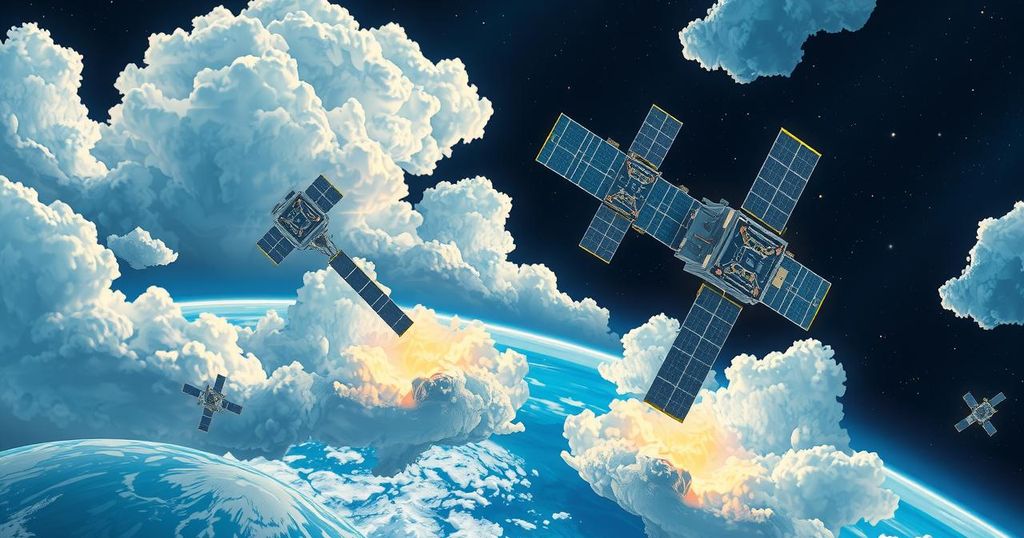Forecasters Concerned About Losing Key Satellites Before Hurricane Season

- Forecasters are worried about losing DMSP satellite access.
- The DMSP satellites provide vital data for hurricane predictions.
- Satellite data loss raises concerns about public safety this season.
Forecasters Brace for Satellite Data Termination
Hurricane season, which regularly witnesses intense weather events, is about to face a significant challenge for meteorologists. The National Hurricane Center heavily depends on weather satellites to track developing storms, particularly those that originate far from the reach of traditional Hurricane Hunter flights. Unfortunately, the potential loss of three crucial satellites, coupled with the already ongoing changes in satellite data collection programs, has raised alarms among forecasters who rely on accurate information to predict storms. The Defense Meteorological Satellite Program (DMSP) alongside the Navy’s Fleet Numerical Meteorology and Oceanography Center announced data termination, prompting concerns about safety and preparedness in the upcoming peak hurricane season.
Impacts of Satellite Loss on Hurricane Forecasting
The impending loss of DMSP data, which aids in hurricane forecasting, leaves meteorologists in a precarious position. DMSP satellites, launched between 1999 and 2009, were originally designed with a five-year lifespan but have far exceeded their operational time. As storms intensify, especially those reaching wind speeds of 111 mph or more, the need for precise forecasting becomes critical. DMSP data allows meteorologists to delve deeper into the storm’s inner workings using microwave sensors like the special sensor microwave imager/sounder (SSMIS). Without this data, hurricane forecasting could suffer, potentially increasing dangers for communities.
Alternative Satellites Raising New Concerns
While there are other satellites in orbit, such as NOAA-20, NOAA-21, and Suomi NPP, their capabilities to provide necessary data seem to lack the same depth as DMSP satellites. The advanced technology microwave sounder (ATMS), utilized by these newer satellites, provides less detail, leading to a more generalized view of storm development. Furthermore, the U.S. Space Force has introduced the ML-1A satellite, but there is still uncertainty around data access for forecasters. With significant budget considerations and ongoing delays in satellite development, there remain major questions about the readiness of backup systems in the event of DMSP’s discontinuation. The loss of this kind of critical data only adds to the anxiety as the hurricane season approaches, which is expected to see an uptick in storm activity.
Navigating a Busy Hurricane Season Amidst Challenges
As this hurricane season looms with forecasts of high activity, meteorologists are faced with navigating diminished resources while ensuring public safety. The balance of utilizing satellite, radar, and other atmospheric data will be vital to providing effective warnings and guidance. With the growing reliance on scientific data for storm tracking, the uncertainty surrounding the satellite landscape poses challenges for accurate predictions. In addition, funding cuts and staff shortages exacerbate the issue, heightening risks for coastal populations during the active months of hurricane season.
The impending termination of DMSP data collection signals a troubling development for hurricane forecasting. As meteorologists express concern over this loss, the increasing risks during peak hurricane season become apparent. Ensuring accurate storm predictions is crucial for public safety, and with the reliance on existing resources, adaptability will be of the utmost importance for forecasters navigating this challenging landscape.







